Neurogenic Shock in Children
Pediatric EM Morsels
SEPTEMBER 22, 2023
” Children compensate for blood and volume loss very well… until they don’t. Shunting of blood to the extremities results in thermal dysregulation and subsequent hypothermia. As our fearless leader likes to say: “children are not aliens, but they are a special population with unique anatomy and physiology.”











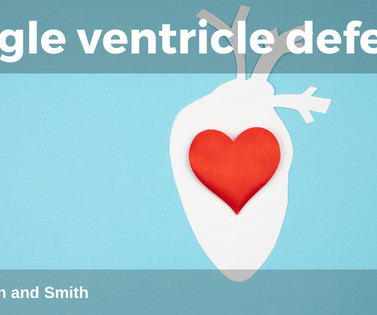













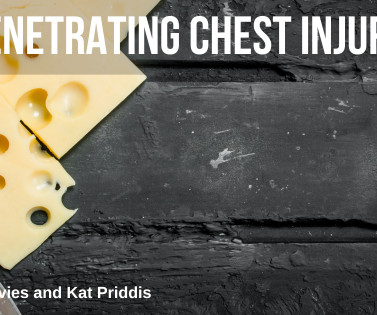
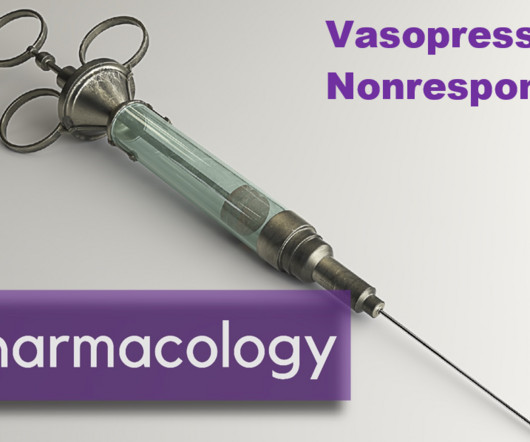



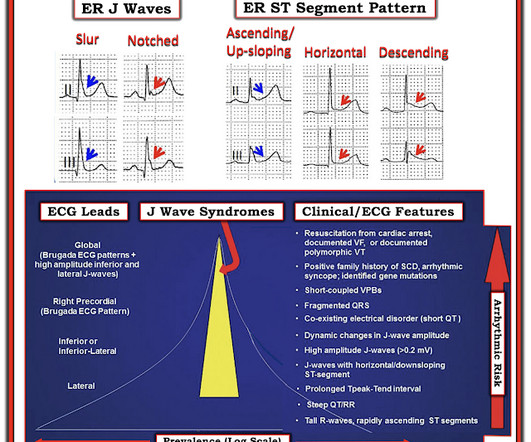
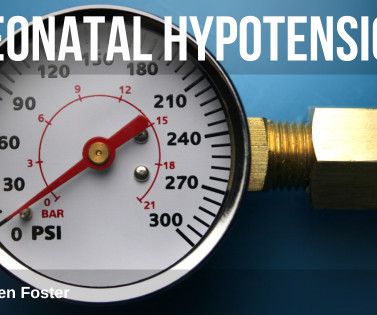
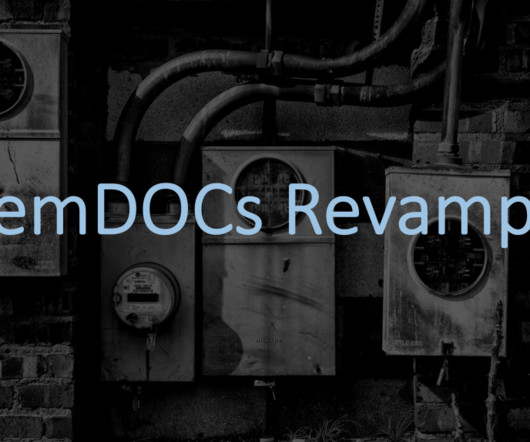

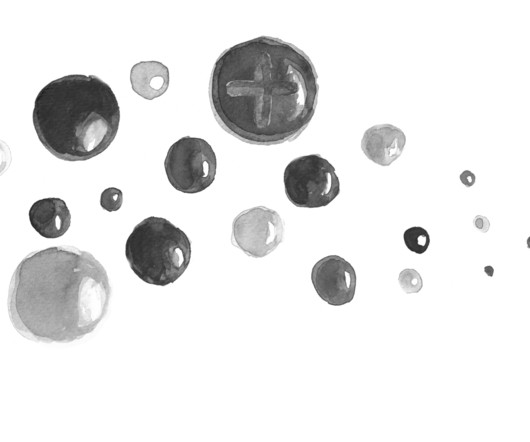

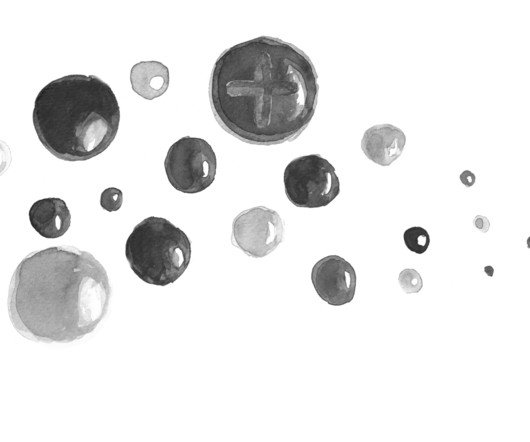








Let's personalize your content